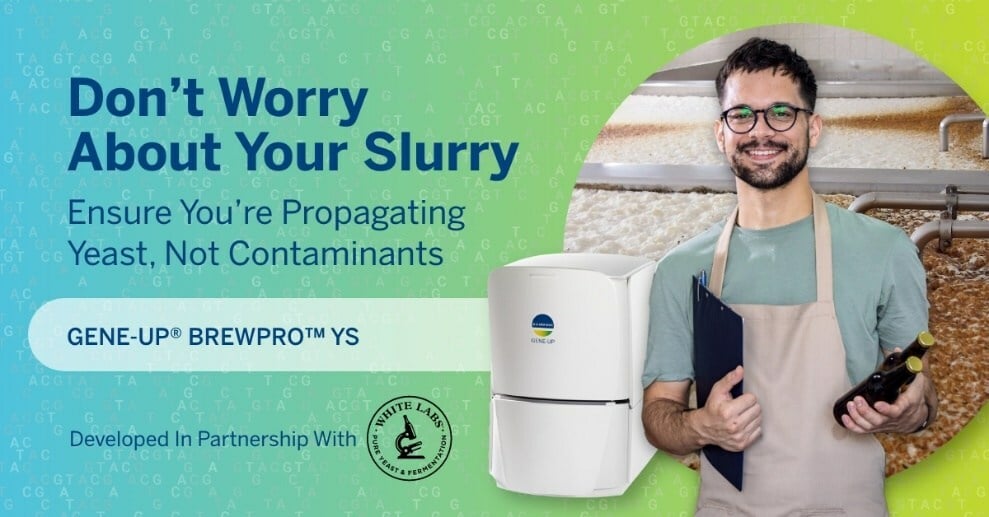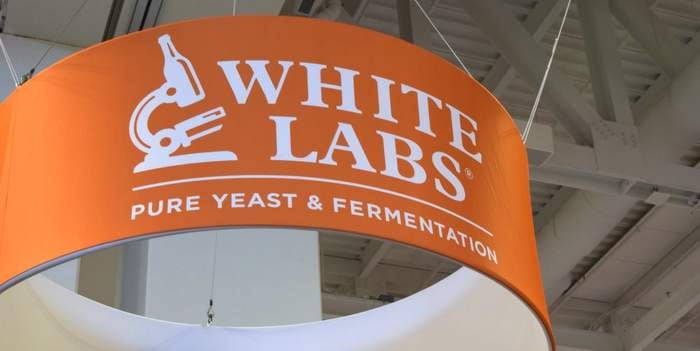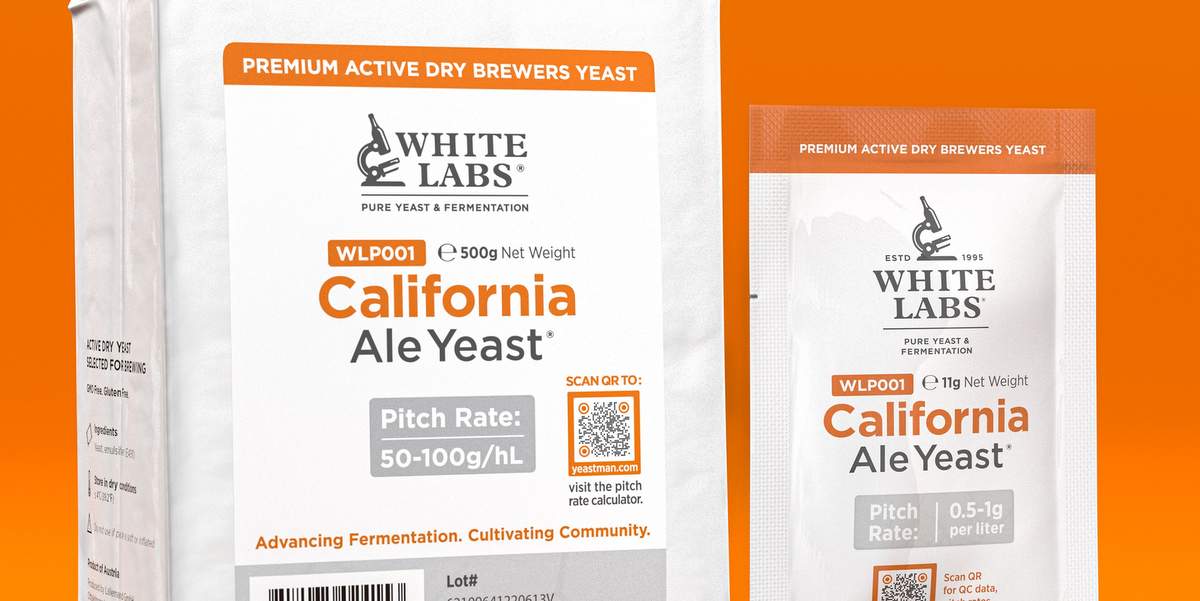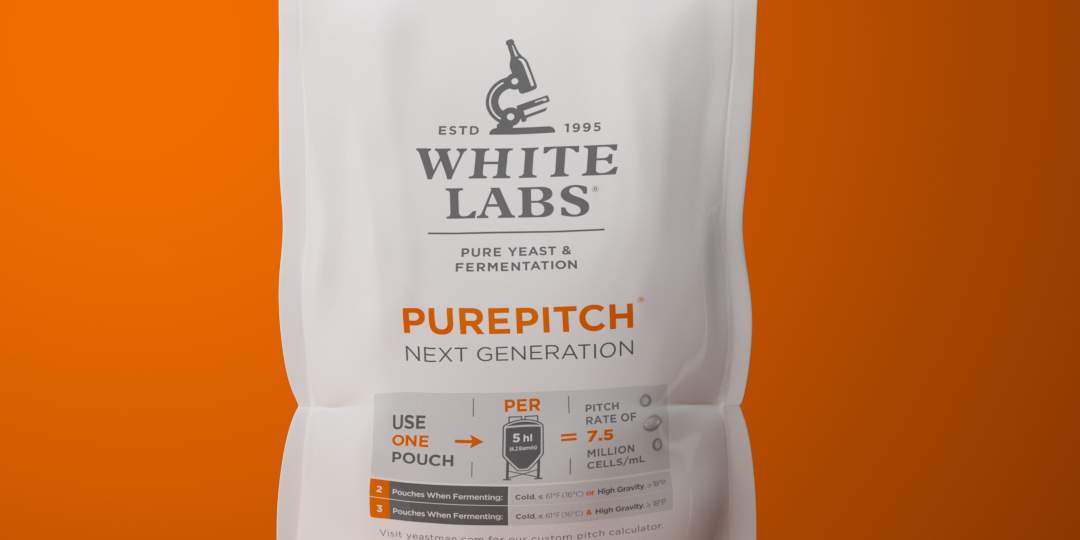White Labs is a yeast and fermentation expert that “stands at the intersection of science, education and craft,” as its website says. Not only does White Labs make great yeast products for the craft brewing industry (from its PurePitch Next Generation liquid yeast to its WLP077 Tropicale strand focused on free thiols), but it’s also striving to raise the bar in the art of fermentation via education. Here’s an example: Yeast Essentials 2.0 is a tailored two-day, hands-on workshop that will advance any brewing operations with a more in-depth knowledge of yeast.
This event will be held at White Labs Asheville location from February 26, 2024, to February 27, 2024. That’s plenty of time to plan a great work trip to one of the best beer cities in America. Attendees will get expert guidance on yeast handling best practices and how to troubleshoot fermentation from White Labs’ experienced staff, including QA/QC techniques, yeast cell counting and viability, and way more. In fact, course lectures and labs include:
- Welcome and Introduction to Yeast and Fermentation
- Yeast Metabolism Basics
- Fermentation Control and Sensory Attributes
- Propagation and Microbiological Control
- Yeast Collection and Storage
- Setting Up a Brewery Lab
- Dilutions and Cell Counting
- Aseptic Technique
- Plating and Media Preparation
- Gram Staining
- And (like we said) much more!
Quality control is fundamental to the process of repeatedly brewing good beer. Labs, quality control equipment and extra staff are never cheap, but there are alternatives for economy-focused QC operations, and this workshop is one of them. To help get you started, enjoy this article on the best and worst yeast harvesting techniques. Brewers commonly repitch yeast to ferment batch after batch to save money and coax out the complex flavors and higher flocculation rates that Saccharomyces yeast can develop over multiple generations, particularly from the second to the third.
But in order to maximize yeast function and longevity, it’s important to be strategic and maintain consistency when you harvest (AKA “crop”) the yeast and which parts to take, along with how long you store your slurry and under what conditions. These best practices for yeast harvesting can generate seven to 10 generations from one initial purchase. Let’s learn how…





Leave a Reply
You must be logged in to post a comment.